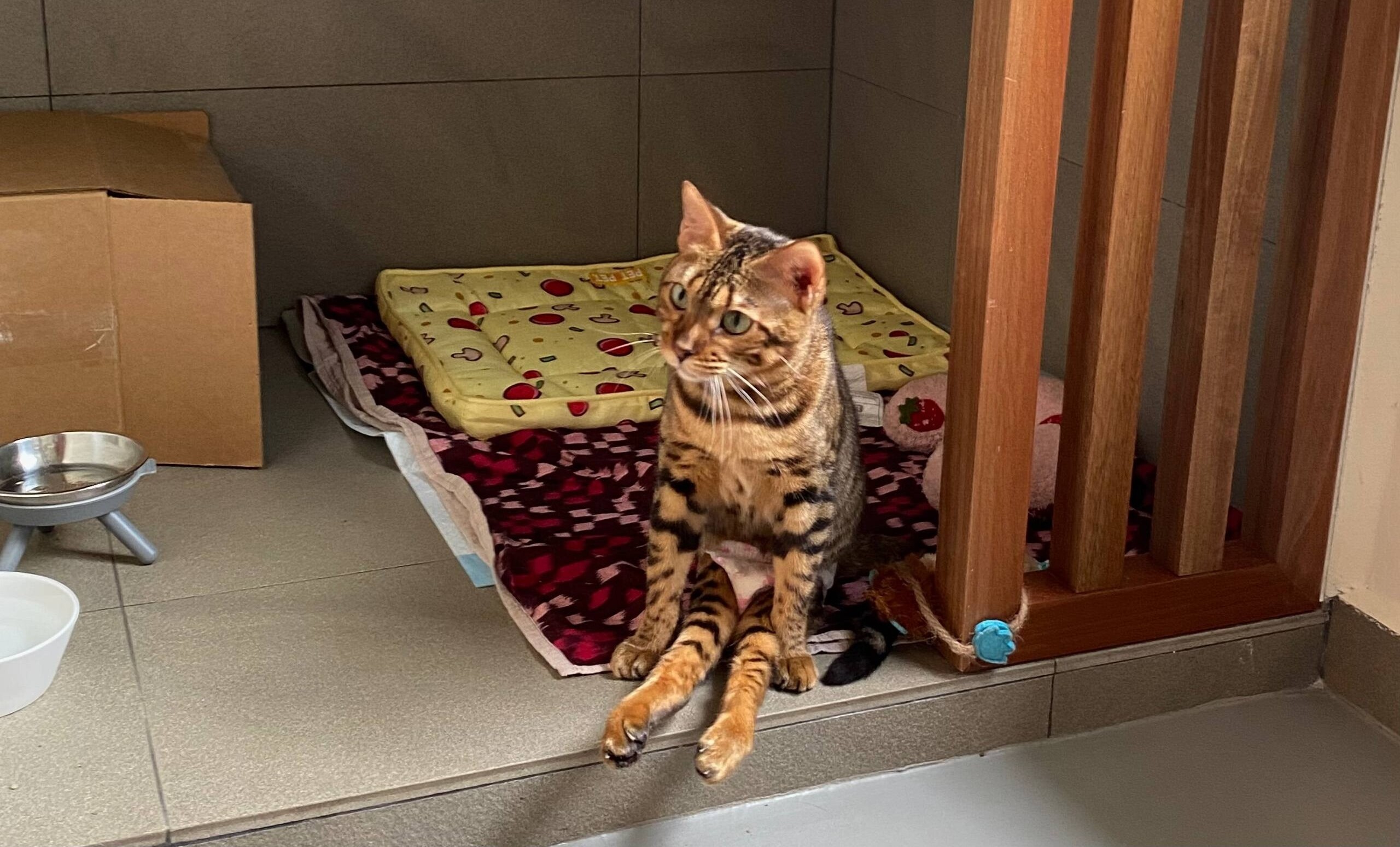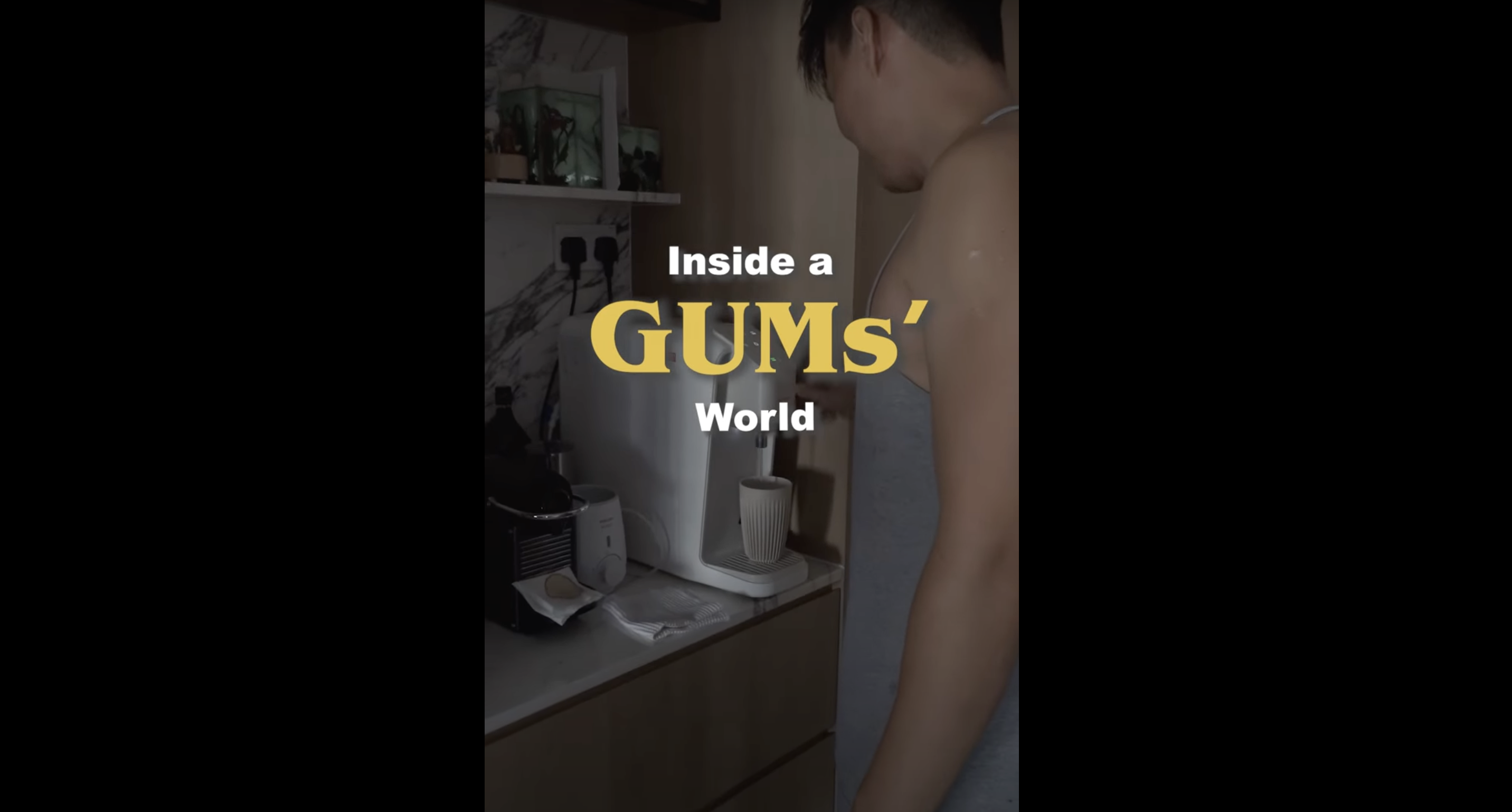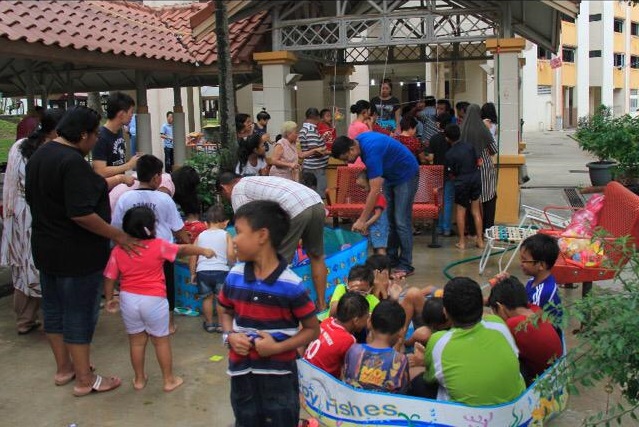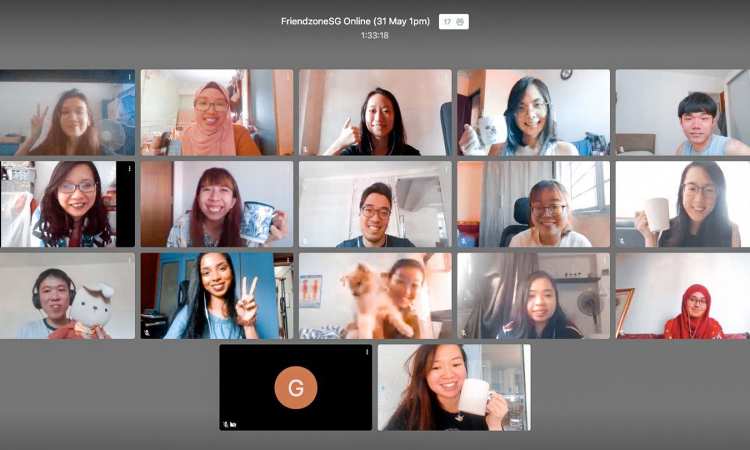I moved into my Build To Order (BTO) estate three years ago.
Like many BTOs, we have a private Facebook group of 2,000 residents. It serves as an online space for us to share information and talk about the latest happenings in our neighbourhood, from the new bubble tea shop that opened to which preschool or primary school to enroll our children in.
As first-time home owners, my husband and I were clueless on what to do when we first moved in and the Facebook group helped with some of our renovation dilemmas. It was great having neighbours move in at the same time too as many were able to share their experiences.
Looking for an interior designer? Applying for HDB cement screeding? Installing bomb shelter racks? Pose a question to the group and replies from friendly neighbours stream in.

Back in pre-Covid days, residents used the chat group to organise group buys and plan social events. My husband (the extrovert in our relationship) even participated in a friendly football competition against another BTO from a nearby estate (yes, we had a BTO football team).
Bonding over shared experiences and interests helped to build a sense of community and belonging. While we mostly had hi-bye interactions with our neighbours (as more young people prefer to maintain their privacy), it was nice to get to know some of them and smile at a friendly face when we passed each other in the walkways.
Recently, however, as most of us have more or less settled into our homes — and into the general malaise of the pandemic — I have noticed that posts in the group have become a little less friendly.
“Who did this?”

Last month, an unusual post drew my attention.
It was a photo of a domestic helper sitting at the void deck using her mobile phone with her feet on the table. Next to her was a young boy of about 5 whose attention was elsewhere.
The poorly-written caption read: “who maid is this? Saw her everyday put her both leg on the table. Then video call. The boy is roaming around. If is your maid please ask her to take care ur son well.”
A week later, someone shared a photo of an uprooted plant along a sheltered walkway with the caption: “who did these?” (sic)

It appears that such complaints are not uncommon.
In a Straits Times commentary, it was reported that while BTO chat groups can help to build a sense of community, there is also a negative side to these groups, for example, “passive-aggressive posts where residents name and shame offending neighbours over issues such as littering, loud music or cluttered corridors”.
Perhaps the resident in my BTO chat was truly sharing their concerns for the neighbour whose child might be neglected. Perhaps they believed that they were looking out for the environment and the cleanliness of our public areas.
But if these comments are not resolved or moderated adequately, this could breed a culture of surveillance and vigilantism instead.
While I am not sure if the post reached any positive resolution, another resident commented that it was kind of the original poster to look out for our neighbours and their kids, adding that she wouldn’t want anything to happen to them as she is also a mother.
“Who wants this?”
Don’t get me wrong, it’s not all negativity in BTO chats. There are many other heartening acts of kindness that I’ve come across in my group as well.
Every week or so, I would read of someone offering to give away an unwanted item for free. Recently, it was a hand-me-down baby stroller and a new pack of diapers (the original buyer got the wrong size) that was blessed away. Once, someone even gave away their used piano!

It’s nice to know that these unwanted items have found a second lease on life to those who found them useful.
It’s not just items either.
Two months ago, when the bakery in our estate announced it was closing down, heartfelt messages of support and encouragement poured in on Facebook.
One of the neighbours from my block, whom we are closer to, dropped me a message to say that he and his wife had bought a kilogram of cranberries from the bakery to help him clear stock and that he would send a portion over to us. What a pleasant surprise!
We’d given them a box of nutella tarts last Christmas and they had in turn invited us to their home for tea, which is how our friendship started. That and the fact that we found out that we had a friend in common!
Building lasting connections

Wholesome neighbourly experiences like these remind me of stories of my mother and her amazing hospitality to our ex-neighbours.
Back in the 2000s, even before BTO chat groups (or Facebook for that matter) existed, my mother, a homemaker, used to help babysit our neighbour’s daughter R as both her parents were working.
Even when we moved away, my mom continued to look after R. Once a week, my mother would pick R from her primary school and bring her to our house for lunch and help her with her homework before her parents took her home in the evening.
She was like a second mother to her in those days. Today, R is 17 years old and even though they don’t meet as often, my mother still takes her out for ice cream (her favourite treat!) once in a while. The ties still remain strong after all these years — R and her parents were guests at my wedding.
Other stories you might like






My point is, we don’t need a BTO chat group to promote neighbourliness or be a good neighbour. We simply need to step out of our comfort zones and reach out.
Whether BTO chat groups facilitate positive or negative interactions is really up to us. While it serves as a platform to connect online, let’s remember that they are not a replacement for physical interaction.
Hopefully, when safe-distancing measures ease, we can have outings and football competitions with our neighbours again — this time, instead of staying out of the action, I plan to go down and show my support!
If you like what you read, follow us on Twitter and Google News to get the latest updates.


